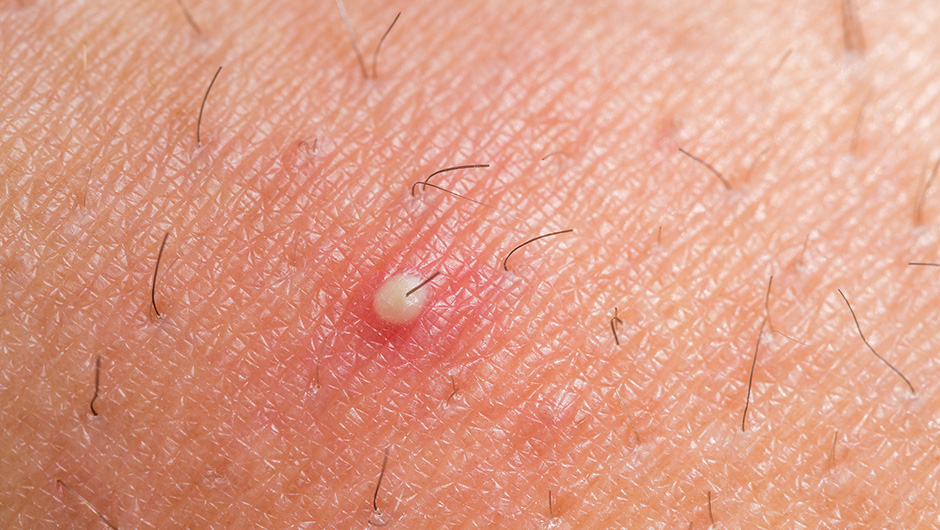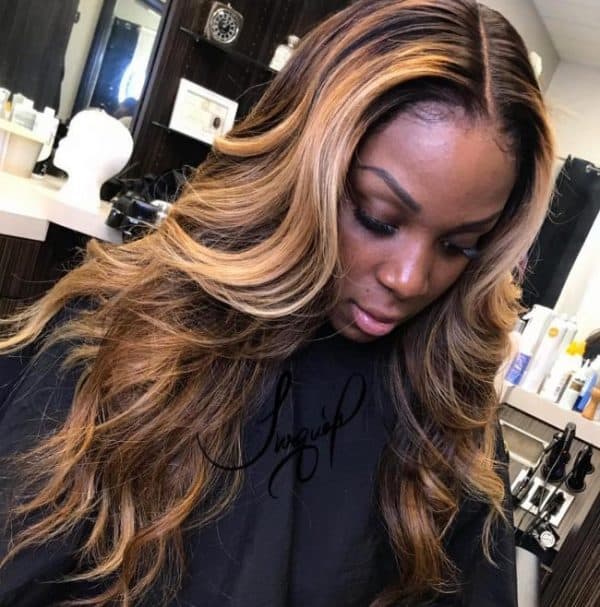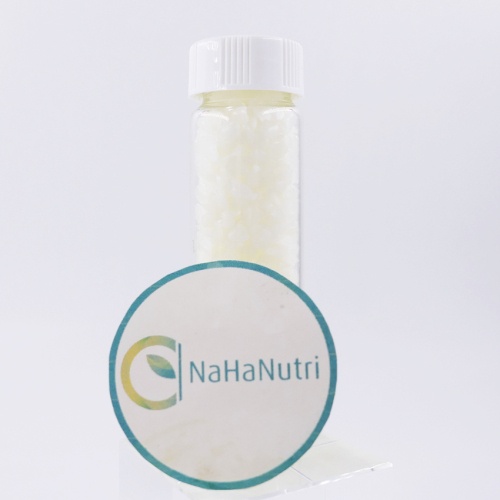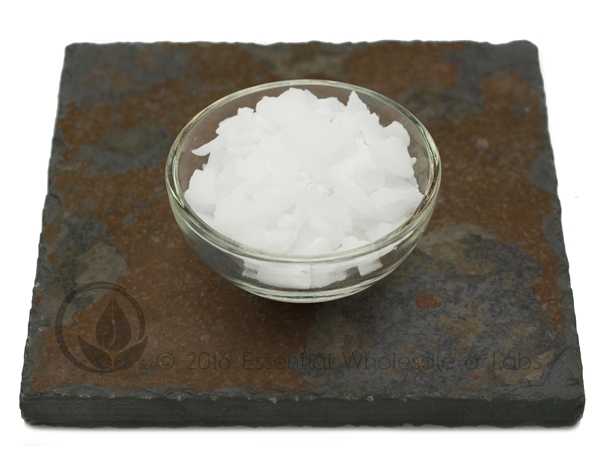Table Of Content
This can lead to inflammation, redness, irritation, and the formation of tiny, irritated, and painful bumps. Ingrown hairs commonly occur in areas where hair is frequently removed, such as the face, neck, armpits, legs, and groin area. If you decide to remove the hair yourself, practice smart hair removal to reduce your chance of ingrown hair. Some types of ingrown hair cysts can’t be prevented simply by avoiding hair removal. In cases where treatment is needed, a doctor will figure out the best course for you.
How to identify infected ingrown hair
And if you develop a red bump and are unsure about its diagnosis, see a medical professional before attempting to treat or diagnose it at home. If you get ingrowns on your face (especially after shaving facial hair), experts recommend opting for a gentle acne face wash like this one from Neutrogena, which contains salicylic acid. The wash has a jelly consistency when it comes out of the pump, but it gets foamy as you massage it into your skin with your fingers or a facial cleansing brush, in my experience. The face wash helps eliminate oil buildup on skin and unclogs pores, according to the brand. This article explains what an ingrown hair cyst looks like and why these bumps form.
Tea Tree Oil and Witch Hazel Serum

Those include creams that dissolve hair and a laser or electric current (electrolysis) to remove the hair follicle for good. If you continue having infected ingrown hairs in the same area, such as your face, you might consider other methods of hair removal, such as laser treatment. An ingrown hair looks like a raised, discolored spot on your skin. It’s a strand of hair that grows back into your skin after shaving, tweezing or waxing. Ingrown hairs can affect anyone, but they’re easy to treat and prevent with the right hair removal practices. Note that all forms of hair removal will put you at risk of developing an ingrown hair.
Truly Beauty Glazed Donut After Shave Oil
In some cases, they might use laser hair removal to remove your ingrown hair. Technology in this area has come a long way, and doctors today have access to lasers that can treat all skin types. "It is highly effective and less painful, and most importantly safe on darker skin tones, which is ever so important in our changing demographics in the U.S.," Palm says. Treatment for an infected ingrown hair depends on the type and severity of the infection. Your healthcare provider, often a dermatologist, will offer treatment options like hair extraction, ointments, and oral medications as needed.
You should not only frequently change the blade in your razor, but also clean your blade after each stroke. A dirty blade can cause bacteria to get into your pores and cause an infection. Rinse your blade with water after each stroke, and use an alcohol-based cleaner after shaving. If you start implementing some of the tips to prevent ingrown hairs we discussed earlier you will be working to remove those stubborn little hairs less frequently. It is already known that razors tend to pull and tug the skin to give you a close shave. Cutting hairs really close to the skin surface with a razor blade can cause their edges to get caught in the skin, preventing them from growing out and causing razor bumps.
Worst Foods For Your Skin
Many of these treatments that contain glycolic acid can make your skin more susceptible to sunburns and could cause sun damage if not used properly and worn with sunscreen. It is recommended that you use it on dry skin and it can be easily applied with a cotton ball once or twice a day as needed. After only a few uses, you should see a reduction in post-shaving redness and razor bumps. Alternatively, your doctor might prescribe topical treatments like retinoids, which help reduce skin hyperpigmentation and remove dead skin cells.

These pads also shouldn’t be used right after shaving, so it’s recommended that you apply the treatment the day after you shave. Ingrown facial hair can be annoying and painful, but with the right products and techniques, you can reduce your risk for this problem. Some people are more prone to ingrown hair and don’t respond to home therapy. If you’re unable to self-treat, laser hair removal may offer lasting results and alleviate ingrown hair. Talk to your doctor about this option, as well as other options for managing this condition. Get into the habit of applying cold water or witch hazel to your face immediately after shaving or waxing.
12 Best At-Home Hair Removal Products: Laser, Waxing &, Shaving - Vogue
12 Best At-Home Hair Removal Products: Laser, Waxing &, Shaving.
Posted: Mon, 04 Dec 2023 08:00:00 GMT [source]
Targeted treatments like the Manscaped Crop Exfoliator are specifically designed to work on the pubic area with minimal irritation. Most ingrown hairs will subside fairly quickly if you leave them alone. However, if an ingrown hair is really bothering you or lasts more than a couple of weeks, make an appointment to see your primary care doctor or a dermatologist. What you probably don't want to do is remove the deep ingrown hair yourself. This puts you at risk of damaging your skin or causing an infection, which often isn't worth the risk considering that a large percentage of ingrown hairs go away on their own. Deep ingrown hairs frequently arise when a hair has been removed and then starts growing back and curves into the skin.
The treatment contains lavender and willowherb which help soothe your skin and give the gel a very pleasant scent. The First Aid Beauty Ingrown Hair Pads utilize witch hazel and aloe to soothe and soften your skin, along with glycolic acid to chemically lift dead skin cells. If the deep ingrown hair is giving you a lot of trouble and lasts more than a couple of weeks, it's a good idea to see a doctor. "If an ingrown hair persists after about two weeks or begins to worsen in appearance, I recommend seeing a dermatologist for help," Engelman says. Whether a current ingrown hair is bothering you or you're looking for prevention tips, keep reading to learn all you need to know about how to remove a deep ingrown hair safely, straight from dermatologists.
Steven Rowe is a freelancer writer and editor who enjoys doing deep dives into health-related topics before he even starts drafting an article. He has written extensively about health and wellness and how to find the perfect product match based on someone’s budget, health concerns, and overall needs. Having recently battled a few pesky ingrown hairs himself, this list helped him better choose an at-home treatment in his price range.
As the hair matures, it exits the skin’s surface and continues to grow. But sometimes, the hair grows crooked or curls back under before it has a chance to exit the skin. Anyone who shaves, tweezes or waxes their hair can develop ingrown hairs. If you’re looking for a pain-free way to remove unwanted hair, hair removal cream could be your answer. So long as you take care to follow all instructions, patch test before use, and ensure your skin is in good nick before applying, you may find the product to be quite miraculous.
People with coarse, thick, or curly hair are often more likely to have ingrown hairs. Ingrown hairs cause bumps, which are often itchy, where a hair has grown back into the skin. There are things you can do to treat and prevent them and in most cases you will not need to a see a GP for treatment. If the hair is completely under your skin, avoid the temptation to poke the area with a sharp object and dig out the hair. Please see a healthcare professional for help in this situation.
Dr. Chacon notes that you lower the chances of hair growing into the skin by using lotions and products that contain glycolic acid. If ingrown hairs continue to form, see a healthcare professional to rule out any underlying causes. They may also recommend more permanent hair removal methods, such as laser hair removal, to help reduce your risk of ingrown hairs and bumps. Retinoid creams are effective in removing dead skin cells that may contribute to ingrown hairs. Yup, your pimple patches are actually a genius trick for helping to flatten and hide your ingrown hairs.











